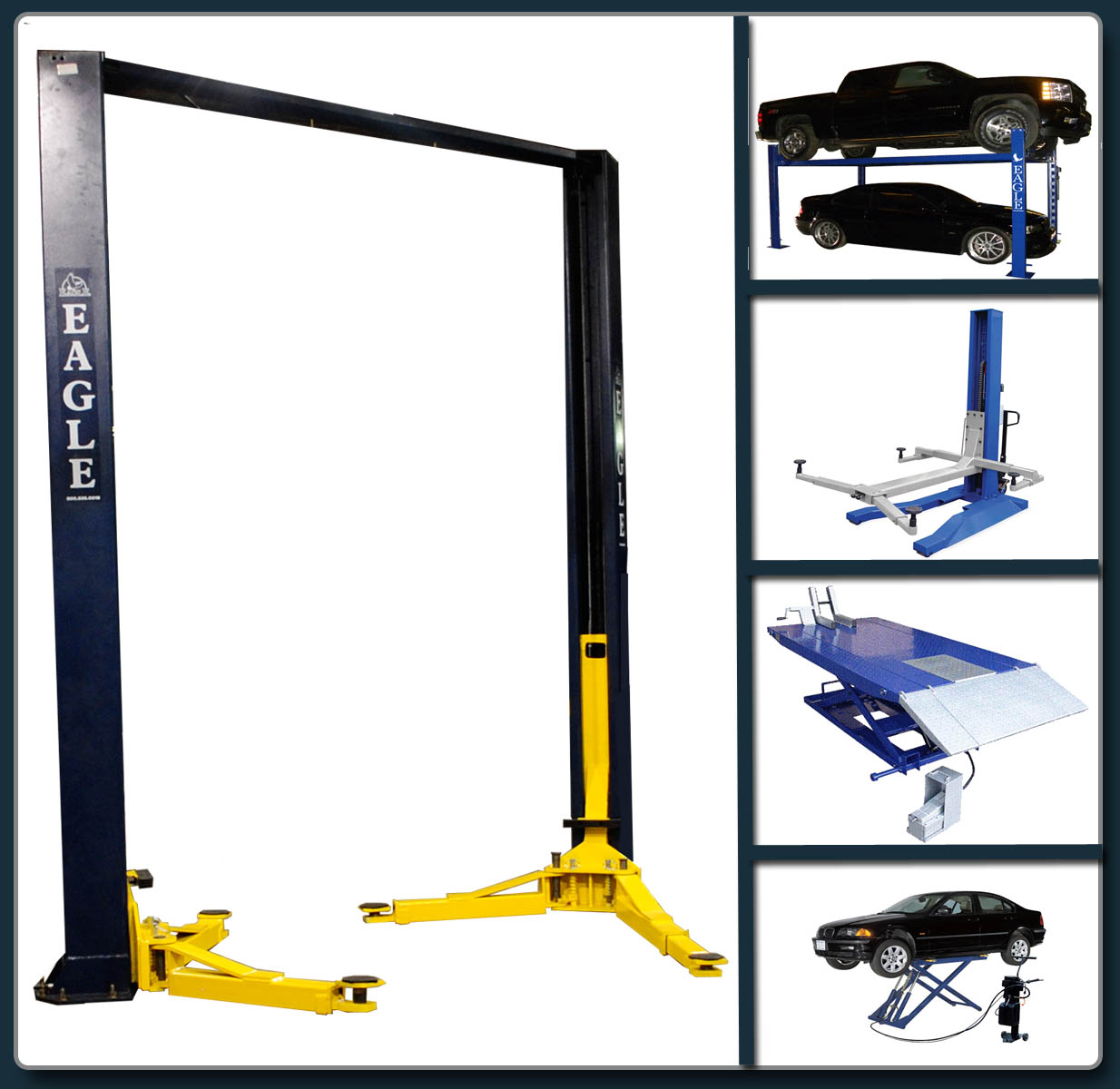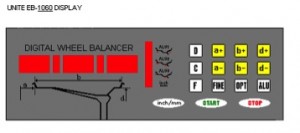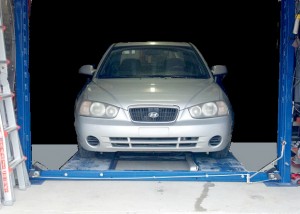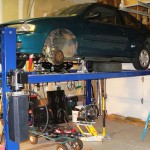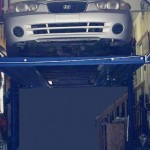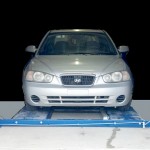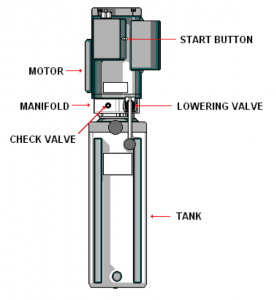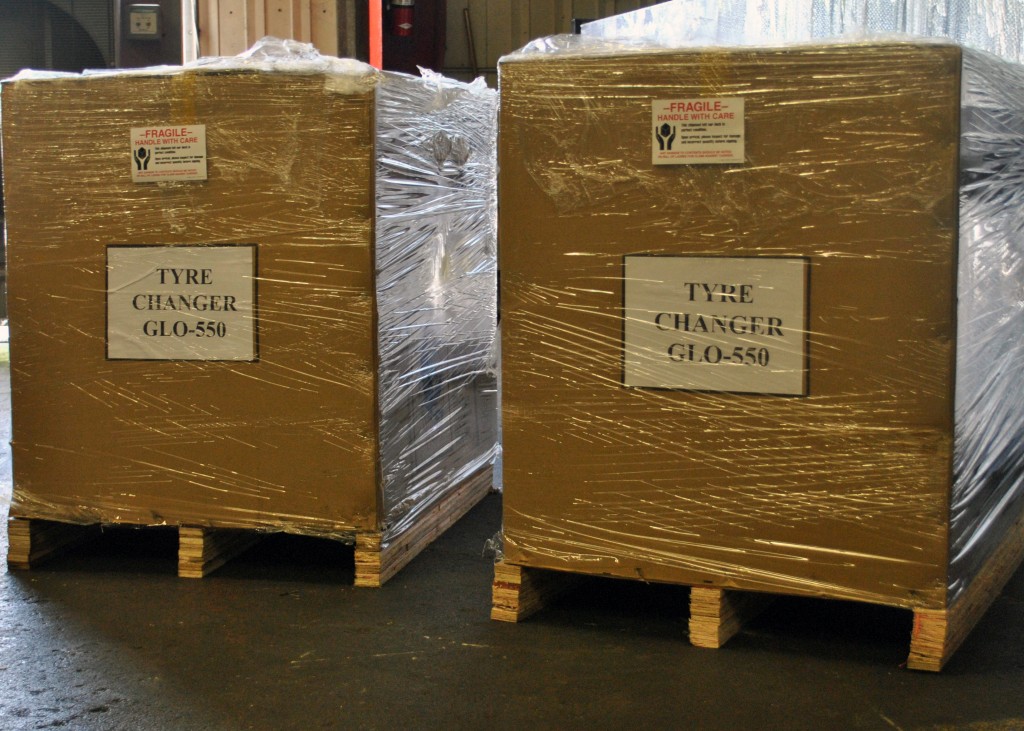 Sometimes that’s easier said then done. In this case, it doesn’t have to be difficult; it just requires a little pre-planning on your part. To help you, our customers, avoid issues when your equipment is delivered, here are some things you need to know and prepare for.
Sometimes that’s easier said then done. In this case, it doesn’t have to be difficult; it just requires a little pre-planning on your part. To help you, our customers, avoid issues when your equipment is delivered, here are some things you need to know and prepare for.
Some folks don’t realize that when they order a piece of equipment, that they are responsible for getting their equipment off of the truck when it’s delivered. (Yes, you will need to have a plan for how to get it off that truck). Freight carriers will not off-load the equipment for you.
To help, we can order you a lift gate that will bring your equipment to the ground for easier transport. Usually, this is the most helpful on shipments containing tire equipment. We need to know at the time of order that you would like to have a lift gate added to your freight details, as freight trucks do not always come with them and we want to make sure your equipment gets put on the truck with a lift gate! Note: Even with a lift gate, you are still responsible for getting it off the lift gate and into your shop. 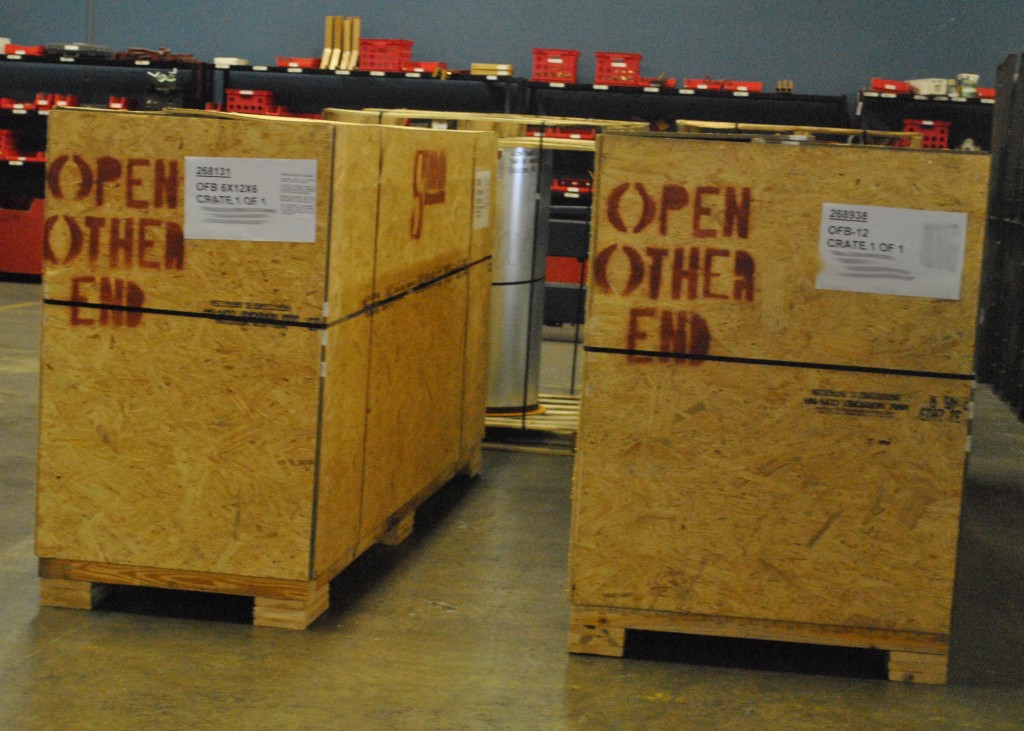
Most equipment requires a forklift, wrecker or roll back to off-load equipment because of the weight and dimensions of the shipment. Our lifts weigh 1500 lbs + and are 10’ or more in length. Our paint booths are packages in crates. Many of these will not fit on a lift gate due to the dimensions on the crate (many of the crates are 6’ H x 10’ L and 4’ W).
Watch a video on how you can unload your lift if you have a roll back.
Watch a video on how you can unload your paint booth if you have a roll back.
We give you these details when you place your order as well as when we call you with your shipping confirmation. We are eager to help you, just give our customer service department a call at 1-800-336-2776.
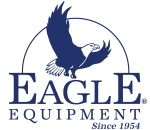
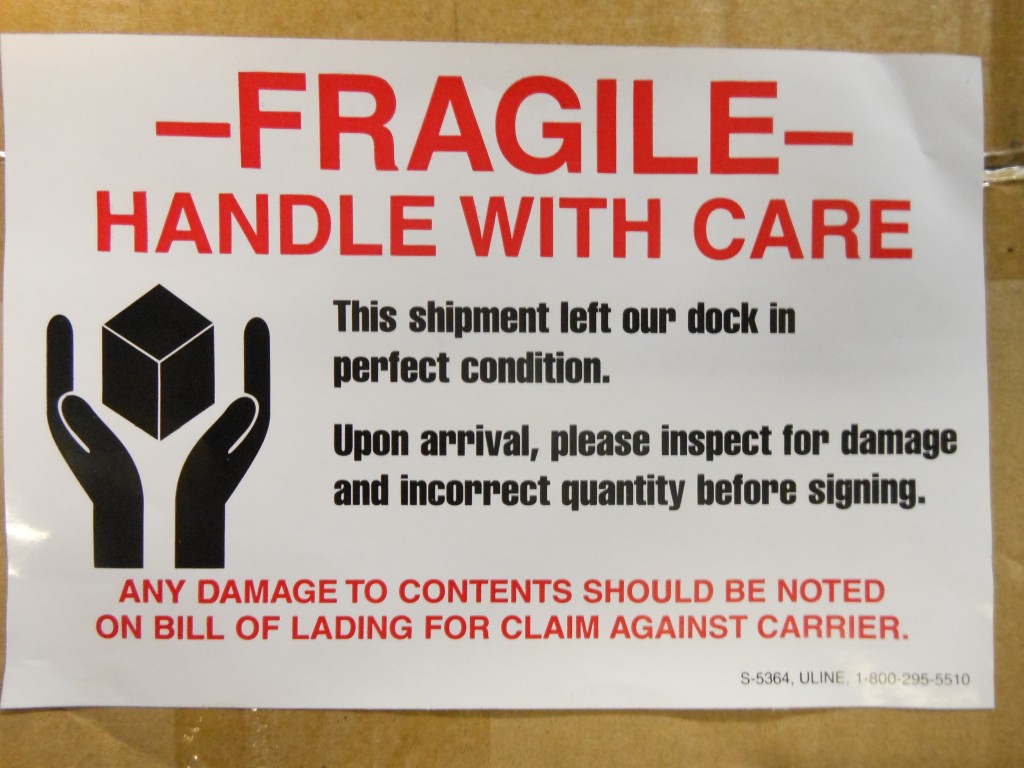
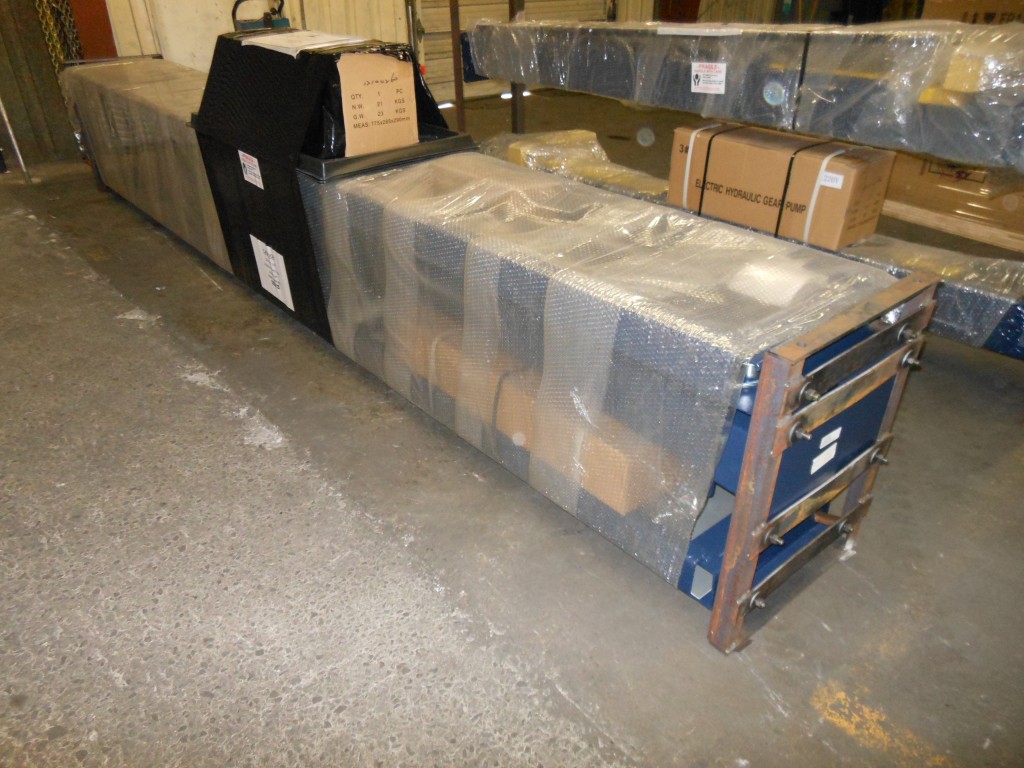
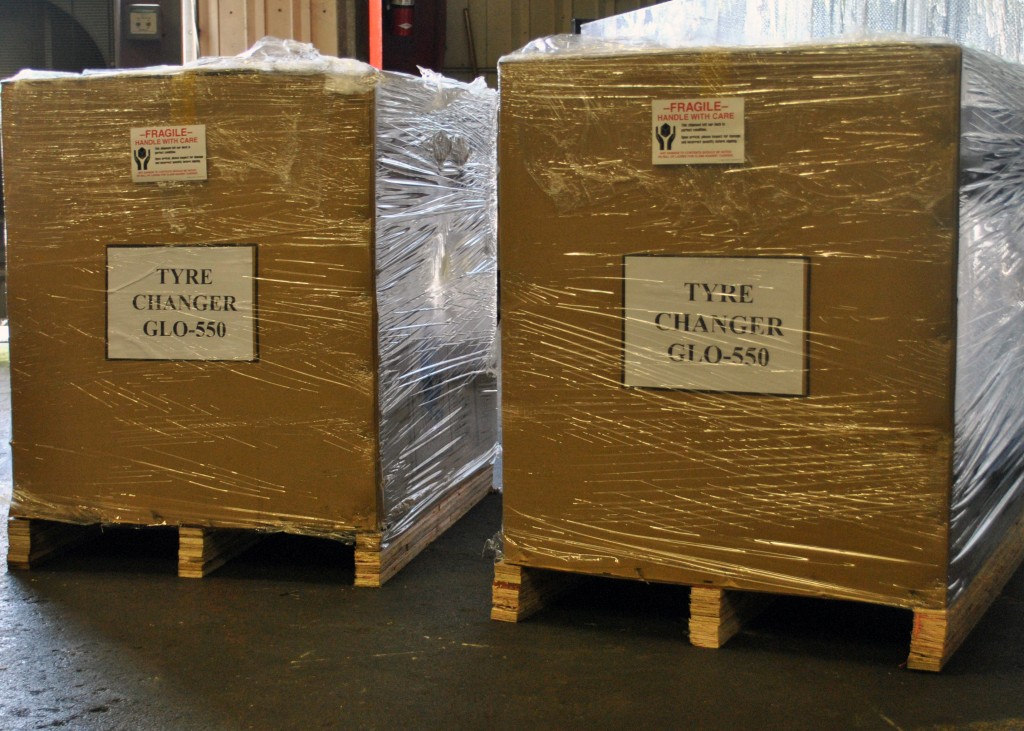
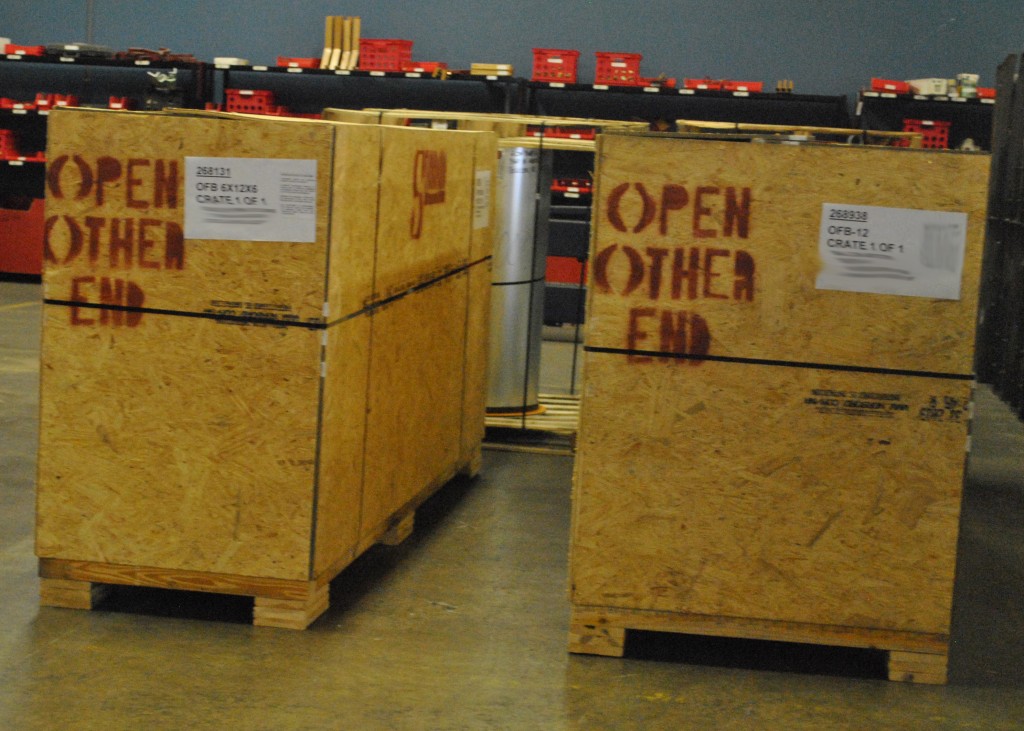
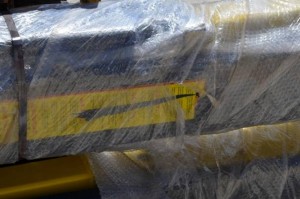
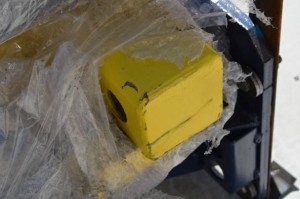
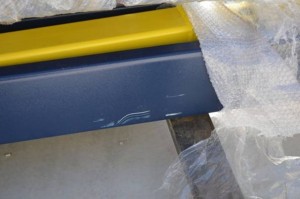
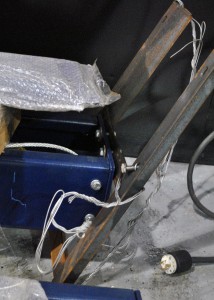
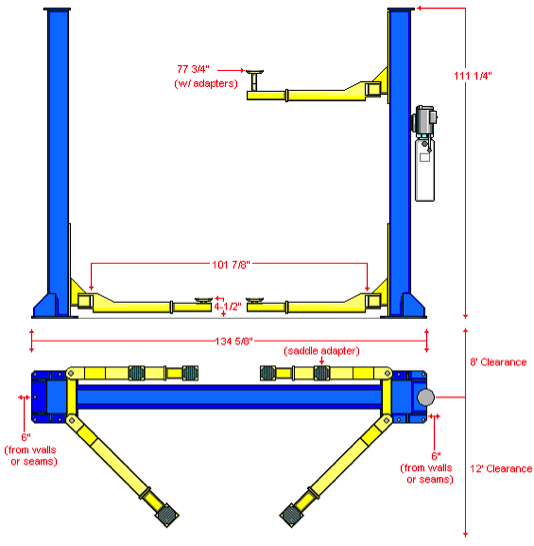
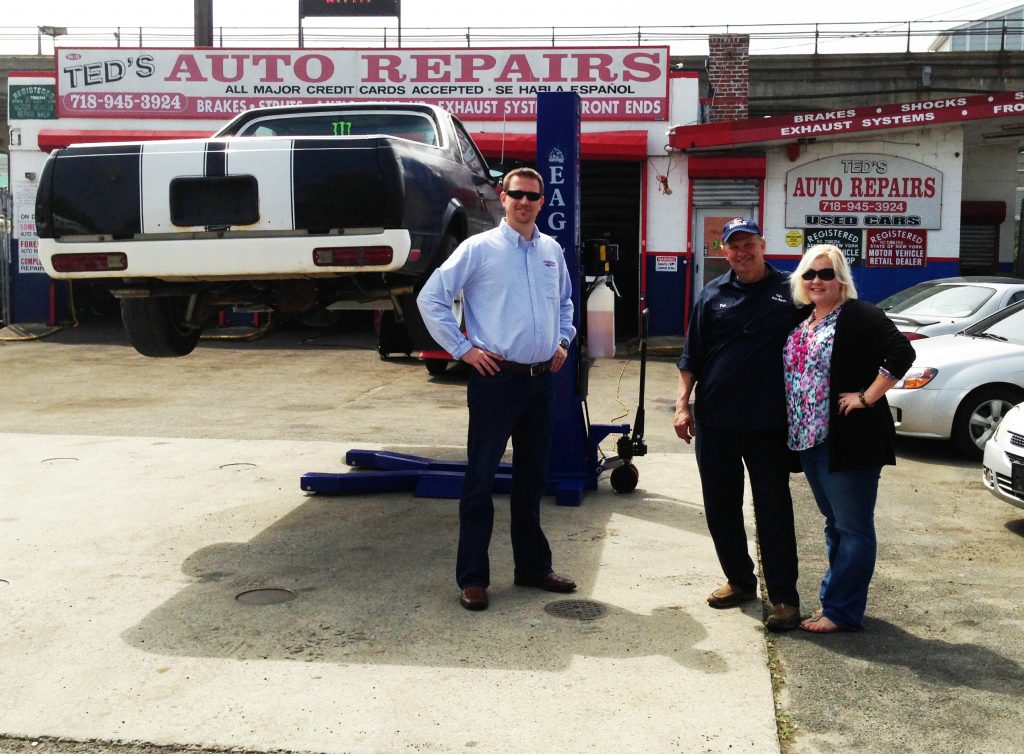 When Hurricane Sandy headed for the East Coast last year, it couldn’t have been recognized that it would become the deadliest and most destructive hurricane of 2012, as well as the second-costliest hurricane in United States history.
When Hurricane Sandy headed for the East Coast last year, it couldn’t have been recognized that it would become the deadliest and most destructive hurricane of 2012, as well as the second-costliest hurricane in United States history.